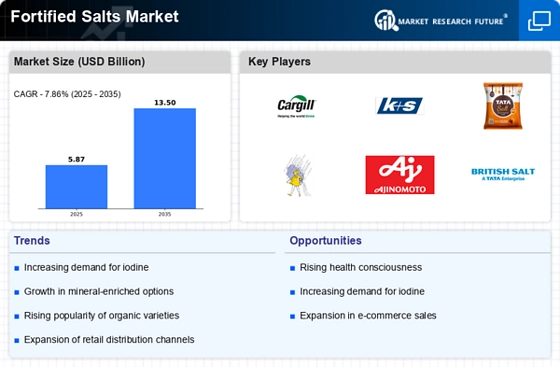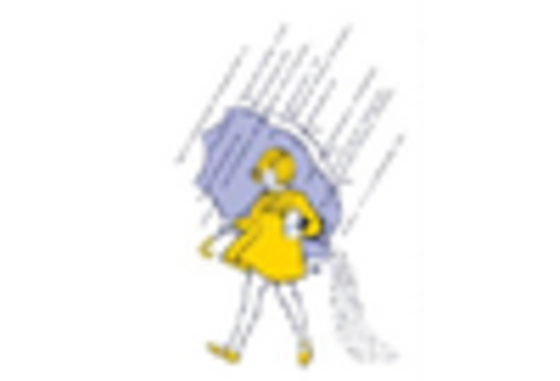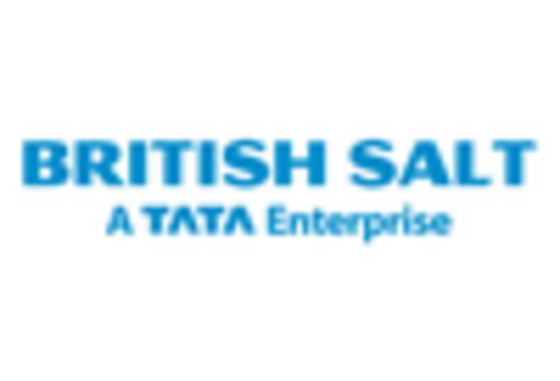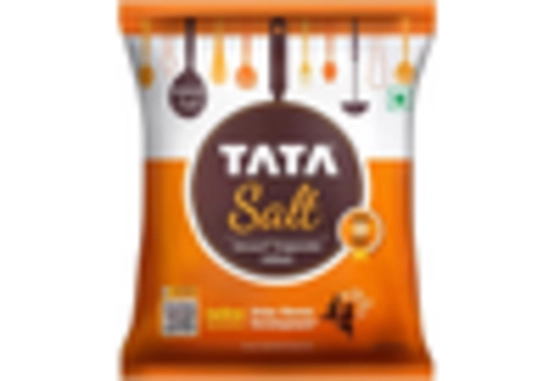Innovations in Product Development
Innovations in product development are playing a crucial role in shaping the Fortified Salts Market. Manufacturers are increasingly investing in research and development to create fortified salt products that not only meet nutritional requirements but also appeal to diverse consumer preferences. This includes the introduction of flavored fortified salts, organic options, and blends that cater to specific dietary needs. The market is witnessing a surge in new product launches, with companies aiming to differentiate themselves through unique formulations and packaging. Such innovations are expected to drive consumer interest and expand market reach, potentially leading to a growth rate of around 5% in the fortified salts sector. As consumers become more adventurous in their culinary choices, the demand for innovative fortified salt products is likely to increase, further enhancing the market landscape.
Regulatory Support and Initiatives
Regulatory frameworks and initiatives aimed at improving public health are likely to bolster the Fortified Salts Market. Governments and health organizations across various regions have implemented policies that encourage the fortification of staple foods, including salt, to combat nutritional deficiencies. For instance, mandatory fortification programs have been established in several countries, which require the addition of essential nutrients to salt. This regulatory support not only enhances the visibility of fortified salts but also drives their consumption among the general populace. As a result, the market is expected to witness a steady increase in demand, with projections indicating a growth rate of around 4% annually. Such initiatives reflect a commitment to improving public health outcomes, thereby reinforcing the importance of fortified salts in everyday diets.
Health Awareness and Nutritional Needs
The increasing awareness regarding health and nutrition among consumers appears to be a pivotal driver for the Fortified Salts Market. As individuals become more conscious of their dietary intake, the demand for fortified salts, which provide essential minerals such as iodine, iron, and zinc, is likely to rise. According to recent data, the prevalence of micronutrient deficiencies in various populations has prompted health organizations to advocate for the consumption of fortified foods. This trend is particularly evident in regions where dietary deficiencies are common, leading to a projected growth rate of approximately 5% in the fortified salts segment over the next few years. Consequently, manufacturers are focusing on developing innovative fortified salt products that cater to the nutritional needs of diverse consumer groups, thereby enhancing their market presence.
Rising Incidence of Lifestyle Diseases
The rising incidence of lifestyle diseases, such as hypertension and diabetes, is emerging as a significant driver for the Fortified Salts Market. As these health issues become more prevalent, consumers are increasingly seeking dietary solutions that can help manage their conditions. Fortified salts, which often contain beneficial minerals that support overall health, are being recognized for their potential role in disease prevention. Market data suggests that the demand for low-sodium and mineral-enriched salts is on the rise, with a notable increase in sales of fortified salts that cater to health-conscious consumers. This trend is likely to continue, with an anticipated growth rate of approximately 6% in the fortified salts segment, as more individuals prioritize their health and seek out products that align with their dietary needs.
Increased Availability through Retail Channels
The increased availability of fortified salts through various retail channels is likely to contribute positively to the Fortified Salts Market. With the expansion of modern retail formats, including supermarkets, hypermarkets, and online platforms, consumers now have greater access to a wide range of fortified salt products. This enhanced distribution network not only facilitates consumer choice but also encourages trial and adoption of fortified salts among a broader audience. Market analysis indicates that the rise of e-commerce has particularly influenced purchasing behaviors, with online sales of fortified salts experiencing significant growth. As retailers continue to expand their offerings and promote fortified salts as essential dietary components, the market is projected to grow at a rate of approximately 4% annually. This trend underscores the importance of accessibility in driving consumer demand for fortified salt products.


















Leave a Comment